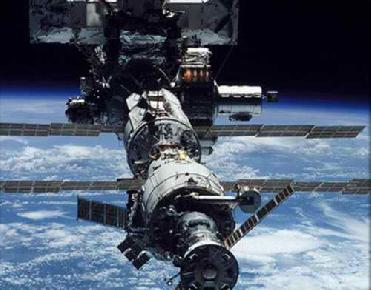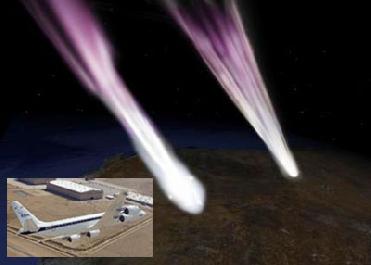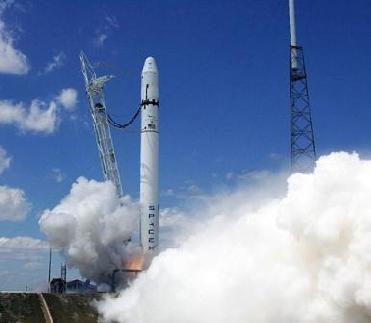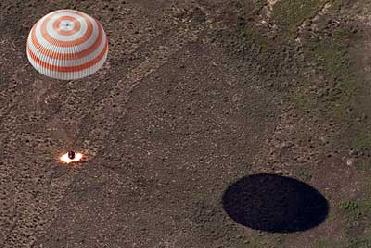
Artist's concept of space station. Boeing image
WASHINGTON (BNS): NASA sounded the all-clear signal to the International Space Station on Monday, assuring its astronauts that it was not required to dodge the debris of a Russian satellite anymore.
NASA mission managers were keeping a close watch on the debris all day, and ascertained that the shuttle Discovery would remain at a safe distance from debris of a Soviet Union-era satellite.
The US mission control in Houston told the seven-member crew aboard Discovery that there was no need to perform the debris avoidance manoeuvre. Bill Jeffs, a spokesman at Johnson Space Center in Houston, Texas, said that the piece of the Cosmos 1275 will pass about half a mile from the space station at 2:14 a.m. CDT (7:14 a.m. GMT) Tuesday.
Earlier, NASA had planned to move the space station to avoid a collision with a piece of debris from a Russian satellite. New Scientist quoted NASA’s orbital debris programme manager Gene Stansbery as saying that tracking data suggests that the debris was a 10-cm portion of Russia’s Cosmos 1275, a military navigation satellite that was launched in 1981.
“Pieces of the satellite, which broke up not long after reaching orbit, have progressively lost altitude due to the drag of Earth’s atmosphere, so that they now come within the space station’s altitude,” Stansbery said.
The new danger arose close after last week’s, when the ISS crew took shelter in a docked Soyuz spacecraft due to the close passing off space debris. New Scientist quoting NASA spokesperson Kylie Clem said that if there was a greater than 0.01% chance that debris will come within an imaginary box around the station that measures 25 by 25 by 0.75 km (with the 0.75 km being altitude), the space station will likely be moved to avoid it.
The magazine quoting the US Strategic Command, a Department of Defence programme that tracks orbital debris, reports that the debris from Cosmos 1275 may pass within 0.8 km of the station, spanning at least 10 cm across. “That is far closer than last week’s event, when a 13-cm-wide piece of debris from a spent satellite motor was predicted to come within about 4.5 km of the station,” New Scientist reported.
“But the probability of the debris making such a close approach is still unclear, because it is difficult to determine the exact orbits of space debris. If a manoeuvre is deemed necessary, the engines aboard the docked Soyuz capsule will be used to move the station to a lower altitude, beginning at 2154 EDT on Monday (0154 GMT on Tuesday),” Clem told New Scientist.
“The station has been moved eight times in the past, last being in August 2008, when the station lowered its altitude to avoid a piece of debris that was set to pass some 1.6 km away from it,” NASA was quoted as saying in the New Scientist.
The space agency said that Discovery, due to dock at the station later on Tuesday, would have to readjust its course for docking.













The Indian Air Force, in its flight trials evaluation report submitted before the Defence Ministry l..
view articleAn insight into the Medium Multi-Role Combat Aircraft competition...
view articleSky enthusiasts can now spot the International Space Station (ISS) commanded by Indian-American astr..
view article